RIP

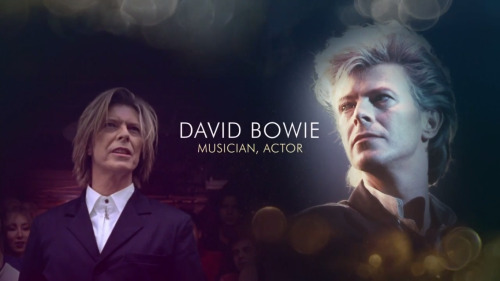
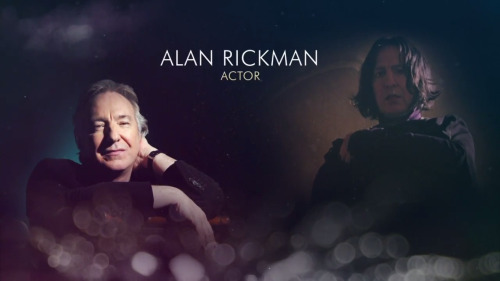

RIP <3
More Posts from Intergalacticnerd and Others

For the first time, astronomers have observed bursts of visible light being released by a black hole as it swallows matter from nearby stars.
These flashes of light, which lasted between several minutes to a few hours, were seen coming from a black hole in the Cygnus constellation, located about 7,800 light-years away from Earth. Incredibly, some of the flashes were so bright, the team says amateur astronomers could see them with a modest 20-cm telescope.
“We find that activity in the vicinity of a black hole can be observed in optical light at low luminosity for the first time,” astronomer and lead researcher, Mariko Kimura from Kyoto University in Japan, told Charles Q. Choi at Space.com.
“These findings suggest that we can study physical phenomena that occur in the vicinity of the black hole using moderate optical telescopes without high-spec X-ray or gamma-ray telescopes.”
Continue Reading.
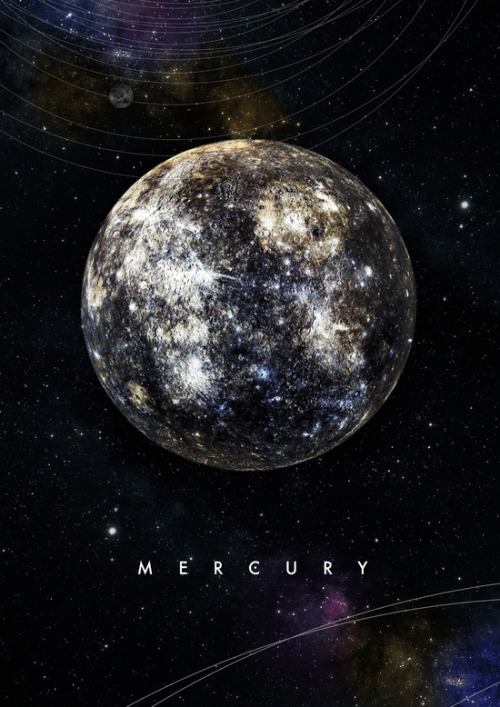
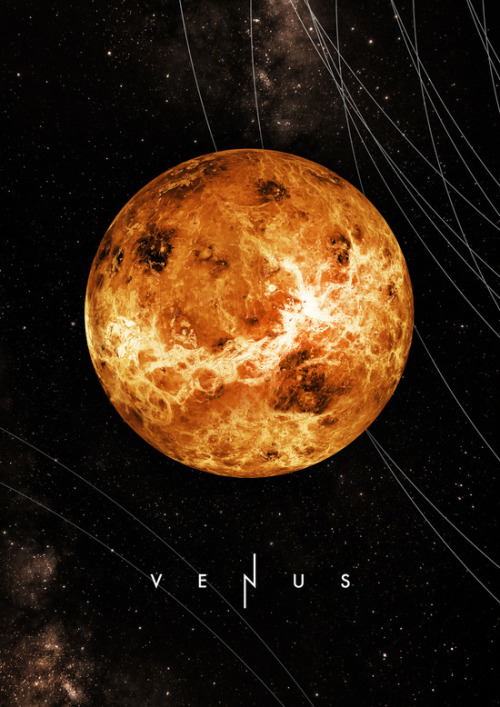
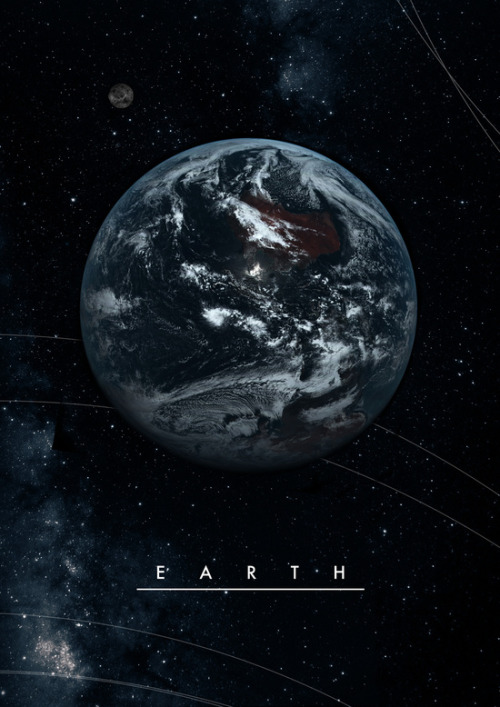
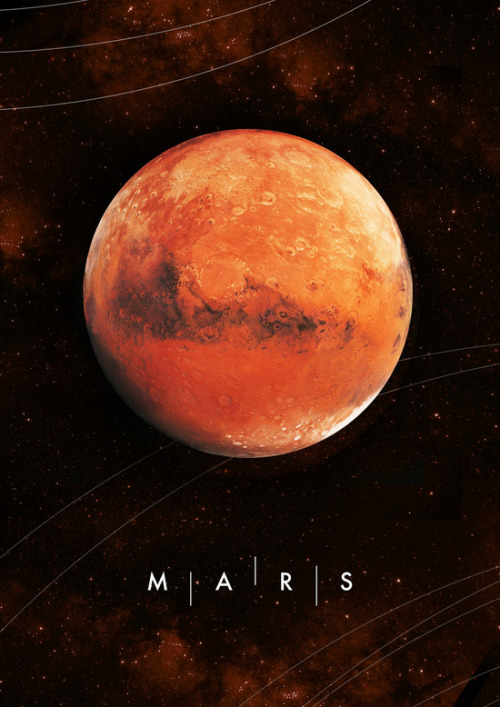
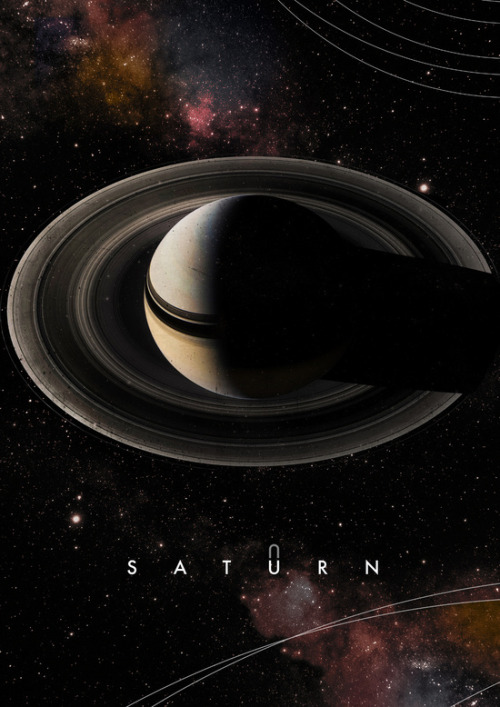
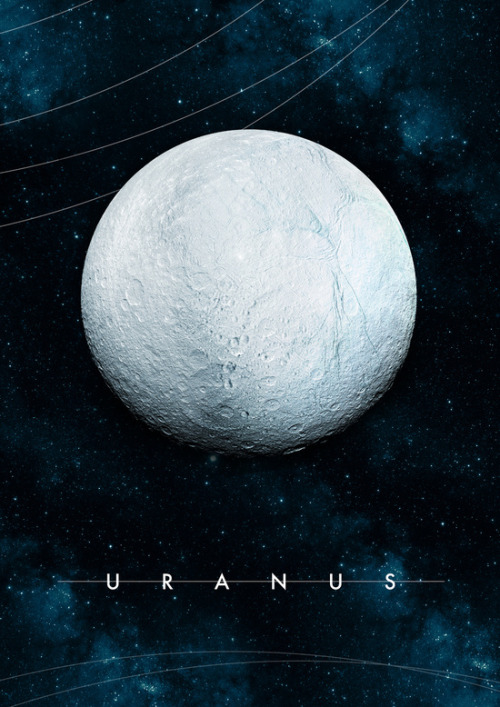
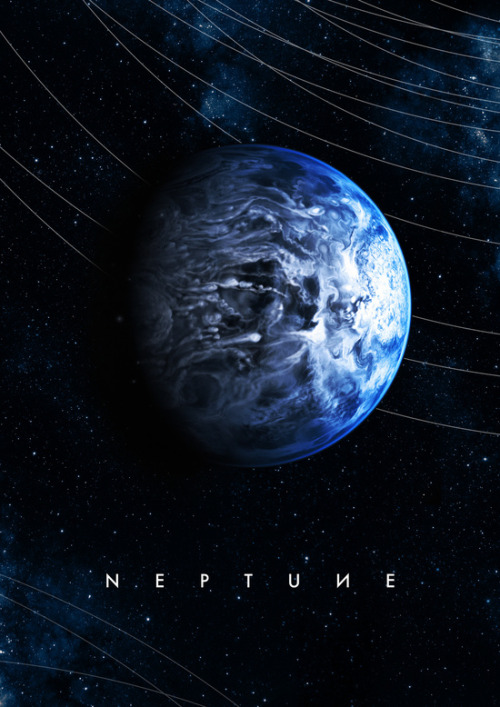
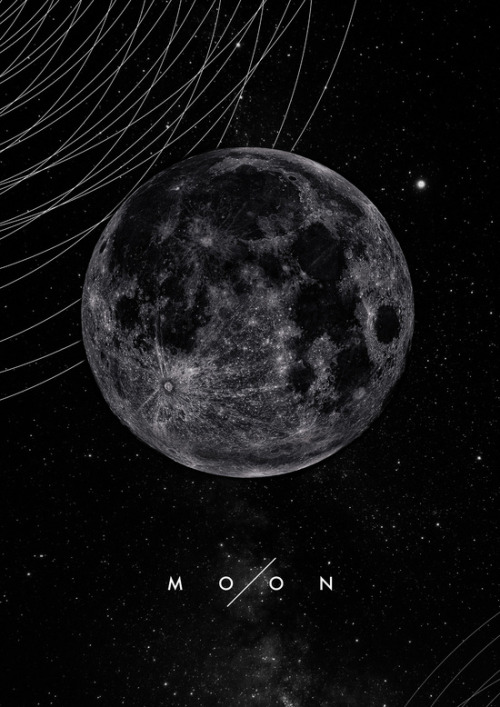
Alexander Pohl
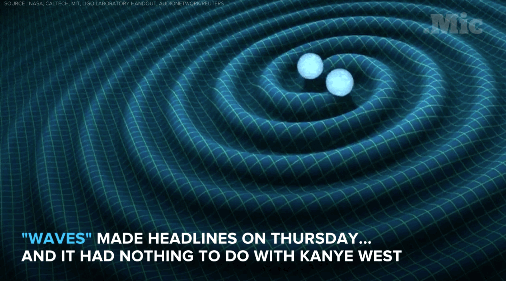

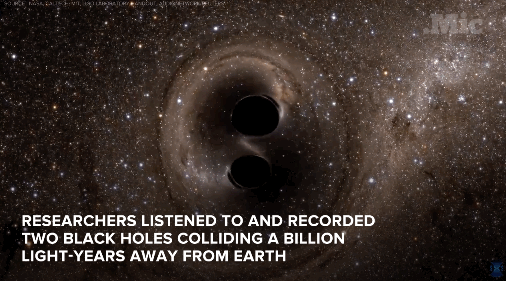


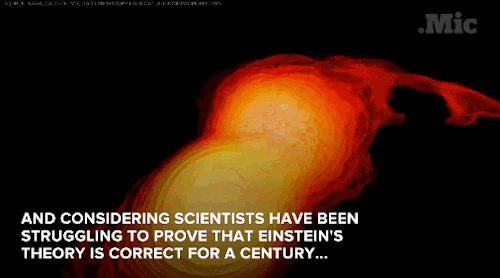

Gravitational waves are real — and that’s a huge f***ing deal!
A century ago, Albert Einstein theorized there was such a thing as a fabric of space and time — that the universe was malleable, and that large objects and events would cause it to bend.
He was right. From studying the signals emanating from the merging of two black holes — have separate masses equal to 36 and 29 suns — scientists with the Laser Interferometer Gravitational-Wave Observatory were able to observe gravitational waves. Their measurements matched expectations of what Einstein predicted in his General Theory of Relativity.
Follow @the-future-now
LIGO Gravitational Wave Chirp - Chirp pattern of gravitational waves detected by LIGO on September 14, 2015. Credit: LIGO http://www.ligo.org/

A photo of Saturn. Took by Cassini with COISS on May 30, 2008 at 11:52:37. Detail page on OPUS database.
WHOA look at the moon
me literally every night no matter what phase the moon is in (via purple-space-freak)


This is Kjell Lindgren. He’s a NASA astronaut who just got back from 5 months on the International Space Station. There are two reasons why this picture is hilarious:
His wife is flawless and makes bad space puns to make him do household chores.
I have that shirt. Thousands of people have that shirt. That shirt is available at Target. Which means actual astronaut Kjell Lindgren, with his wardrobe already full of NASA-issued and logo-emblazoned clothes, was at Target, saw a NASA shirt, and was like, “Yes, I am buying this because this is what I want to spend my actual astronaut salary on.”
tl;dr NASA employs a bunch of fucking nerds

Black Holes are not so Black (Part 3) - Gravitational Waves
The existence of Gravitational Waves have been confirmed. But you probably have heard that. In this post, we will break down this profound discovery into comprehend-able chunks.
This is going to be a amazing journey. Ready ?
Redefining Gravity
When we usually talk of Gravitation we are bound to think like Newton, where objects are assumed to exerting a force upon each other.
Like imaginary arrows of force in space. But this picture, although good for high school crumbled, with the advent of Einstein’s theory of Relativity.

What is the Space-Time Fabric?
Think of space-time fabric as an actual cloth of fabric. ( An analogy )
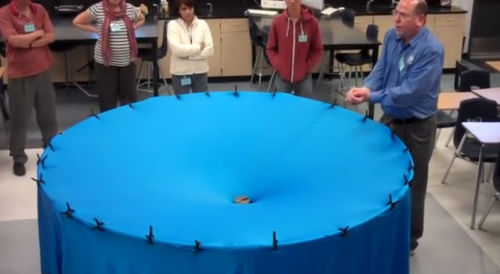
When you place an object on the fabric, the cloth curves. This is exactly what happens in the solar system as well.

The sun with such a huge mass bends the space-time fabric. And the earth and all the planets are kept in orbit by following this curvature that has been made by the sun.
Attributing to the various masses of objects, the way they bend this fabric also varies.
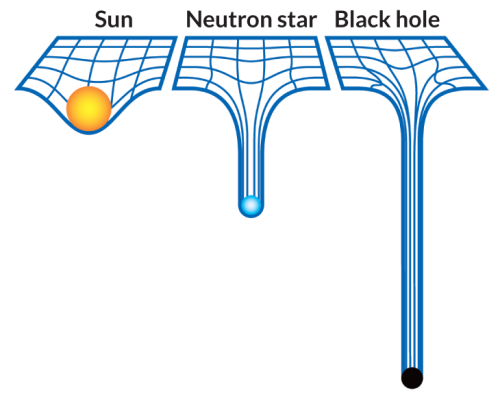
What are Gravitational Waves?
If you drop an object in a medium such as water, they produce ripples that propagate as waves through the medium.

Similarly, Gravitational waves are ripples in space-time fabric produced when you drag heavy objects through space time.
And the nature of these waves is that they don’t require a medium to propagate.
How do you make one?
Everything with mass/energy can create these waves.

Source
Two persons dancing around each other in space too can create gravitational waves. But the waves would be extremely faint.
You need something big and massive accelerating through space-time in order to even detect them.

And orbiting binary stars/black holes are valuable in this retrospect.
How can you detect them?
Let’s turn to the problem to detecting them assuming you do find binary stars/black-holes in the wondrous space to suite your needs.
Well, for starters you cannot use rocks/ rulers to measure them because as the space expands and contracts, so do the rocks. ( the distances will remain same in both the cases )

Here’s where the high school fact that the speed of Light is a constant no matter what plays an important and pivotal role.
If the space expands, the time taken for light to reach from A to B would be longer. And if it contracts, the time taken for it to reach from A to B would be smaller.

PC: PHDComics
By allowing the light waves from the contraction and expansion to interfere with each other, such as done in any interferometry experiment we can detect the expansion or contraction. Voila!
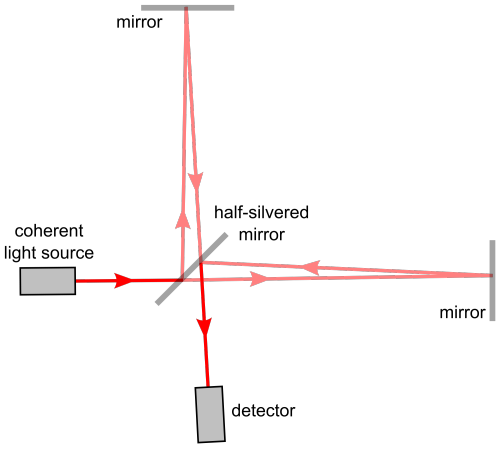
And this is exactly what they did! ( on a macroscopic level ) at LIGO (Laser Interferometer Gravitational-Wave Observatory)
14 September 2015

Two Black Holes with masses of 29 and 36 solar masses merged together some 1.3 Billion light years away.
Two Black Holes colliding is the header animation of the ‘Black Holes are not so Black Series’, in case if you haven’t noticed.

The merger of these two black holes results in the emission of energy equivalent to 3 solar masses as Gravitational Waves.
This signal was seen by both LIGO detectors, in Livingston and Hanford, with a time difference of 7 milliseconds.
And with the measurement of this time difference, physicists have pronounced the existence of Gravitational Waves.
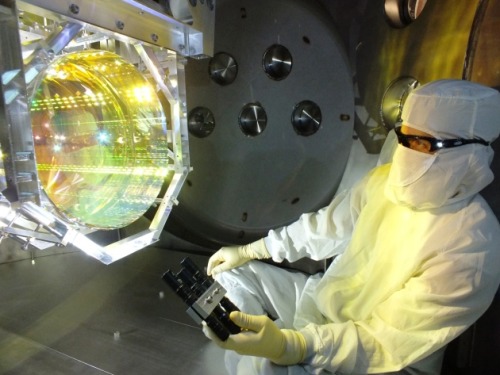
Source
All this is most certainly easily said than done and requires meticulous and extensive research, not to mention highly sensitive instruments.
Had they not have measured this time difference, we might have had to wait for the merger for more massive black holes to collide and maybe even build more sensitive instruments to detect these waves.
And Einstein predicted this a 100 years back!
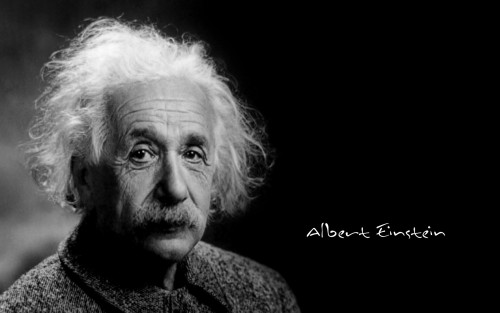
Mind Blown!
Note: Hope you are able to understand and appreciate the profundity of the discovery done by mankind.
** All animations used here are merely for Educational purposes. If you have any issues, please write to us at : [email protected]
What’s Up for May 2016?

What’s Up for May? Two huge solar system highlights: Mercury transits the sun and Mars is closer to Earth than it has been in 11 years.

On May 9, wake up early on the west coast or step out for coffee on the east coast to see our smallest planet cross the face of the sun. The transit will also be visible from most of South America, western Africa and western Europe.

A transit occurs when one astronomical body appears to move across the face of another as seen from Earth or from a spacecraft. But be safe! You’ll need to view the sun and Mercury through a solar filter when looking through a telescope or when projecting the image of the solar disk onto a safe surface. Look a little south of the sun’s Equator. It will take about 7 ½ hours for the tiny planet’s disk to cross the sun completely. Since Mercury is so tiny it will appear as a very small round speck, whether it’s seen through a telescope or projected through a solar filter. The next Mercury transit will be Nov. 11, 2019.

Two other May highlights involve Mars. On May 22 Mars opposition occurs. That’s when Mars, Earth and the sun all line up, with Earth directly in the middle.

Eight days later on May 30, Mars and Earth are nearest to each other in their orbits around the sun. Mars is over half a million miles closer to Earth at closest approach than at opposition. But you won’t see much change in the diameter and brightness between these two dates. As Mars comes closer to Earth in its orbit, it appears larger and larger and brighter and brighter.

During this time Mars rises after the sun sets. The best time to see Mars at its brightest is when it is highest in the sky, around midnight in May and a little earlier in June.

Through a telescope you can make out some of the dark features on the planet, some of the lighter features and sometimes polar ice and dust storm-obscured areas showing very little detail.

After close approach, Earth sweeps past Mars quickly. So the planet appears large and bright for only a couple weeks.

But don’t worry if you miss 2016’s close approach. 2018’s will be even better, as Mars’ close approach will be, well, even closer.
You can find out about our #JourneytoMars missions at mars.nasa.gov, and you can learn about all of our missions at http://www.nasa.gov.
Make sure to follow us on Tumblr for your regular dose of space: http://nasa.tumblr.com

The Belt of Venus is a pink glowing arch seen across the sky when the shadow of the Earth’s translucent atmosphere casts a shadow back upon itself.
-
 patientlibrarian liked this · 3 months ago
patientlibrarian liked this · 3 months ago -
 sseanettles reblogged this · 8 months ago
sseanettles reblogged this · 8 months ago -
 kristianxvx liked this · 1 year ago
kristianxvx liked this · 1 year ago -
 cumbernickbumberbatch liked this · 1 year ago
cumbernickbumberbatch liked this · 1 year ago -
 caskettforever liked this · 2 years ago
caskettforever liked this · 2 years ago -
 merakiblr liked this · 2 years ago
merakiblr liked this · 2 years ago -
 colddarkcreators liked this · 2 years ago
colddarkcreators liked this · 2 years ago -
 thatshadeoflou liked this · 4 years ago
thatshadeoflou liked this · 4 years ago -
 backin1989 reblogged this · 4 years ago
backin1989 reblogged this · 4 years ago -
 magnificentcowboypeanutpaper liked this · 4 years ago
magnificentcowboypeanutpaper liked this · 4 years ago -
 24601error-prisonernotfound reblogged this · 4 years ago
24601error-prisonernotfound reblogged this · 4 years ago -
 kittycat1810 liked this · 4 years ago
kittycat1810 liked this · 4 years ago -
 secretexpertbird liked this · 5 years ago
secretexpertbird liked this · 5 years ago -
 femmeofthefence liked this · 5 years ago
femmeofthefence liked this · 5 years ago -
 gooseghoul liked this · 5 years ago
gooseghoul liked this · 5 years ago -
 sabrinasnape liked this · 5 years ago
sabrinasnape liked this · 5 years ago -
 captain-coffeebean liked this · 6 years ago
captain-coffeebean liked this · 6 years ago -
 allthatglitters-love reblogged this · 6 years ago
allthatglitters-love reblogged this · 6 years ago -
 bau80 liked this · 6 years ago
bau80 liked this · 6 years ago -
 tkanb liked this · 6 years ago
tkanb liked this · 6 years ago -
 tanny-1511-blog liked this · 6 years ago
tanny-1511-blog liked this · 6 years ago
"Astronomy compels the soul to look upwards and leads us from this world to another." - Plato
147 posts